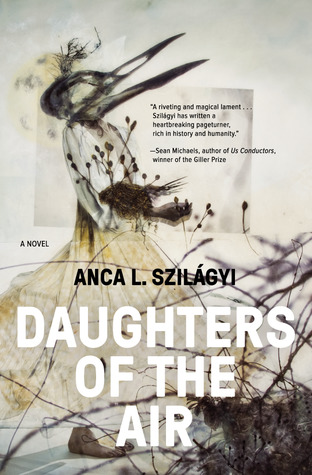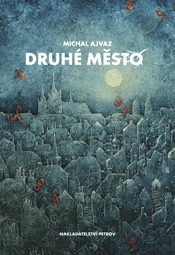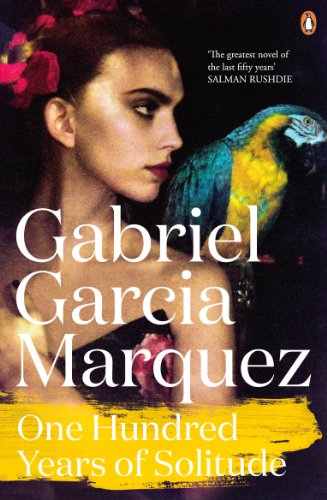'Waiting for Bluebeard' tries to understand how a girl could grow up to be the woman living in Bluebeard's house. The story begins with a part-remembered, part-imagined childhood.
Goodreads description
I have been meaning to write this review of a wonderful collection by British poet Helen Ivory for months. But it is a daunting book to write about. It is psychologically complex and about topics that are difficult to address. Yes the descrption above is correct, but look closer. What or who is Bluebeard?
Clarissa Pincola Estes in Women Who Run With The Wolves devotes many pages to looking at the Bluebeard archetype of the fairytale of that name. In that story Bluebeard is an abuser and serial murderer of women. His latest wife finds their remains in the cellar he has forbidden her to enter even though (or because) he gave her the key and told her not to enter. As an archytypal take on women and their abusive men the Bluebeard fairytale is full of lessons.
Waiting for Bluebeard starts at a different point in the story. It starts with the birth and childhood of Bluebeard's future wife. The issue Helen Ivory is exploring is what happens in a woman's upbringing to make her susceptible to the Bluebeards of this world. There is a wonderful mixture of the fantasy and the real in the poems, not just because magic (as we know on this blog) can be used to highlight truths, but also because that is how children see the world. In the second part of the book we see the young woman enter Bluebeard's house and her disappearance.
There are parallels between the woman's experiences as a child with her silent distant father
who stood at the school gates...




















